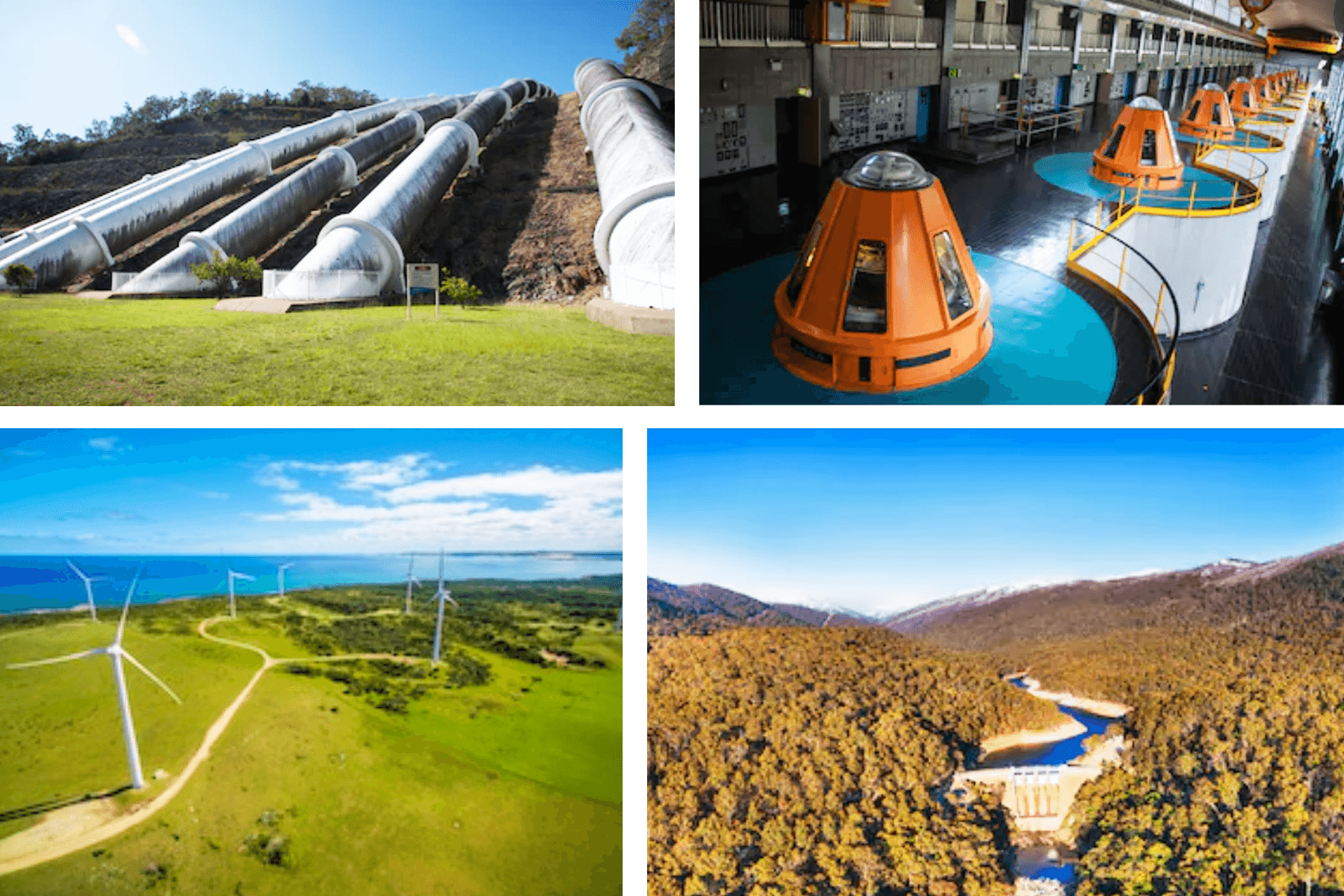Manufacturing Sector in the Upswing

Manufacturing Sector in the Upswing
The manufacturing industry is one of the significant sectors of the Australian economy, contributing to approximately 48 per cent of the country’s exports.
Realising the sector’s resilience amid and post-pandemic, the government is investing a huge amount of funds to boost the country’s self-sufficiency, increase exports and enhance its presence in the international market.
Manufacturer's Monthly published articles citing new projects and job opportunities in several sectors:
Space
The federal government is sponsoring a series of projects to grow Australia’s space sector and build local jobs, which includes GPS technology and the design of innovative spacesuits. Minister for Industry, Science and Technology Karen Andrews said $11 million financings invested in 10 projects would boost jobs and skills in the space sector and support other areas of competitive advantage including agriculture and mining.
Head of the Australian Space Agency Dr Megan Clark AC said the projects showed Australia’s ability to develop highly advanced technology, diversify our economy and build workforce skills to participate internationally.
The 10 projects include:
-
Melbourne University to develop an innovative nano-satellite (Space Industry Responsive Intelligent Thermal CubeSat)
-
Akin to develop an AI space crew to help astronauts with complex system tests
-
Silentium Defence Trading for South Australian Multi-Sensor Space Observatory for Space Situational Awareness and Space Traffic Management.
-
Human Aerospace to create a spacesuit that eases bone loss and other unhealthy side effects of microgravity
-
Skykraft to design and qualify of micro-satellite constellation launch systems.
-
Saber Astronautics Australia for the Open Source Space Operations infrastructure.
-
University of New South Wales for Advanced Global Navigation Satellite System Receiver
-
University of Canberra for VertiSense-Mitigation of Sensorimotor Effects of Simulated Weightlessness, a project to counter sensorimotor disturbances experienced by astronauts after spaceflight.
-
Stamen Engineering for its Decision Support System for Collision Avoidance of Space Objects
-
Raytracer ($200,000) for its Underwater Virtual Reality Training Simulations for Astronauts.
The federal government is funding almost $700 million into the space sector, aiming to create an extra 20,000 jobs by 2030 and triple the size to $12 billion
PPE/Textile
The Australian Manufacturing Fund for PPE was created to boost business investment in new technologies and processes in the manufacturing sector. Minister for Industry, Science and Technology Karen Andrews said that this funding will allow Australia to be self-sufficient in a crisis and build new export opportunities.
Moreover, it will assist industries heavily impacted by COVID-19 like Textiles, Clothing and Footwear (TCF) industry which employs over 31,000 Australians in manufacturing jobs. Kestrel Manufacturing, Clets Linen, Nobody Denim and RRJ Engineering are some of the companies that received financing.
Exports
The NSW government will invest $12.8 million in the regions to boost the export sector affected by COVID-19.
According to Deputy Premier & Minister for Regional NSW, Industry and Trade John Barilaro, the investment will ‘deliver more local trade advisors, an increased presence in key Asian markets, a new e-commerce program to develop alternative channels to market and a $10,000 grant scheme to support export-ready or export capable businesses.

Energy
Prime Minister Scott Morrison approved Snowy Hydro 2.0, the country’s largest-ever renewable energy project.
The initiative will create 4,000 direct and indirect new jobs, benefit over 100 local businesses and put downward pressure on electricity prices.
Snowy Hydro will invest almost $100 million in environmental and biodiversity improvements, including up to $73.8 million funds to protect threatened species and deliver long-term conservation outcomes via NSW National Parks and Wildlife Service.
Minister for Energy and Emissions Reduction Angus Taylor said Snowy 2.0 will deliver extra 2,000 megawatts of fast-start, dispatchable energy and provide 350,000 megawatt-hours of large-scale storage. He said that the project aims to reduce volatility in the market, support reliability and reduce power prices.
Under the government’s flagship $640 million defence innovation program, Minister for Defence Industry, Melissa Price announced new contracts worth more than $21 million to develop cutting edge space, cyber and maritime technologies.
To date, the federal government has supported more than $200 million worth of innovative projects and more than 80 per cent of this investment has been with MSMEs. Price said that the investments will create hundreds of new jobs.